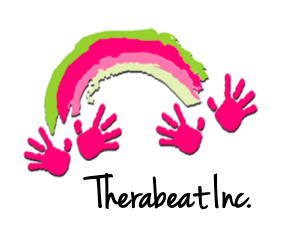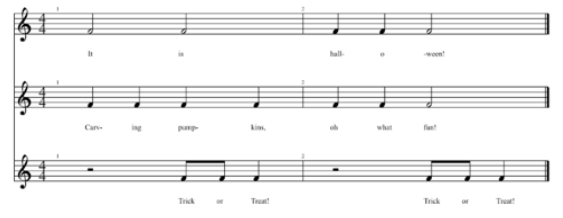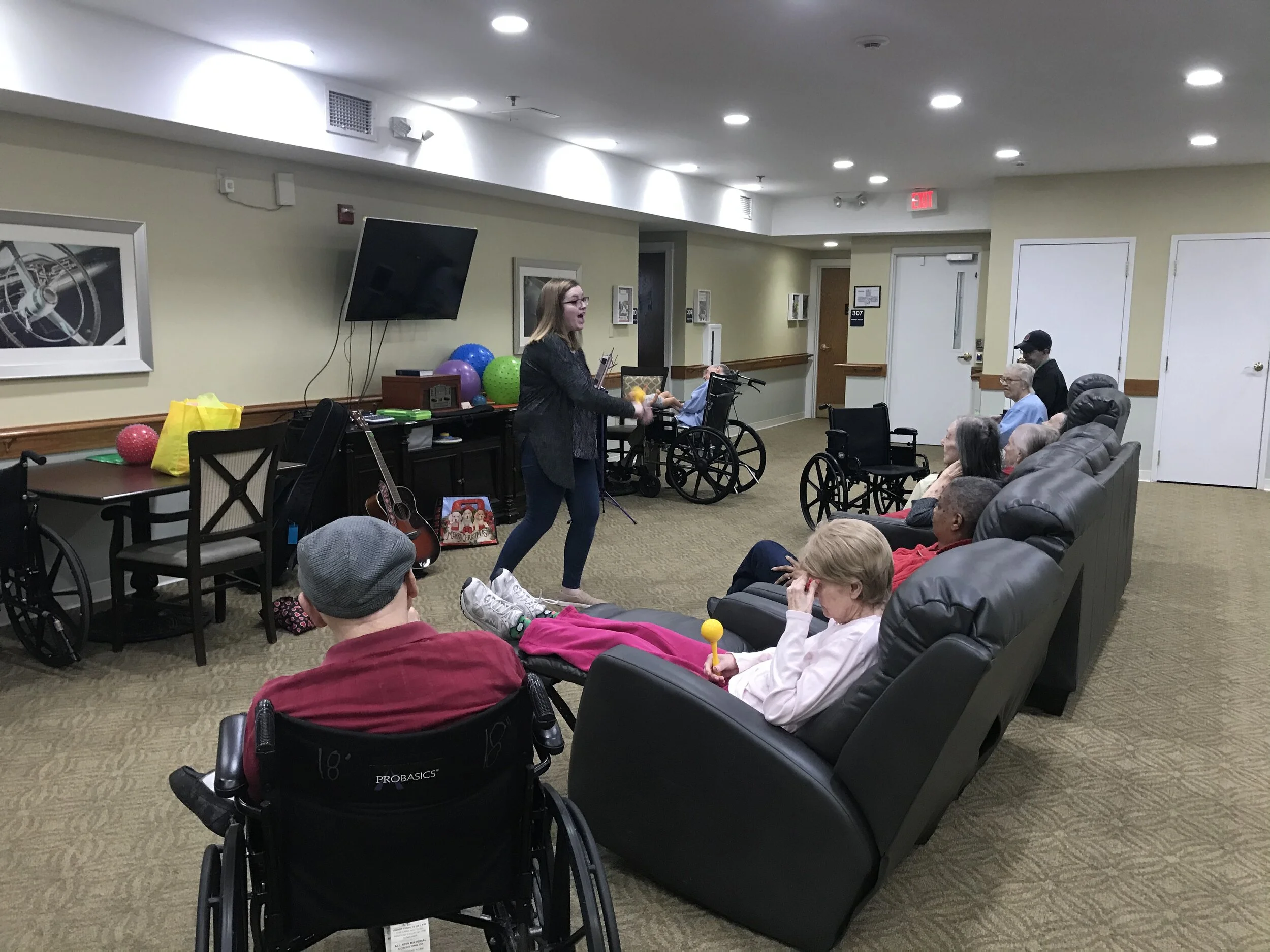Recently, a patient’s mother expressed concern over an extensive dental procedure for her child with autism. Her primary concern was her child’s anxiety prior to the procedure. The MT expressed that she would like to be present pre-op to help regulate anxiety before the operation if it all possible.
This scenario leads to the question of how music therapy can be used to help pediatric patients in pre-operative conditions. In a 2015 pilot study, 103 neurotypical pediatric patients participated in a music therapy preoperative program at an ambulatory surgical center (Gooding et al., 2015, pg. 191). These patients were between the ages of 2-9 years of age and set to undergo various procedures such as hernia repairs, dental restoration, tonsillectomies, adenoidectomies, and port-a-cath removals. Approximately 30-45 minutes before each procedure was to take place, a music therapist would provide a 20-minute session for the patient. Prior to the session, the music therapist used two standardized scales- the Modified Yale Preoperative Anxiety Scale (YPAS-m) and the Child-Adult Medical Procedure Interaction Scale- Short Form (CAMPIS-SF) to rate the patients’ anxiety and procedural distress. After the session, the music therapist completed the ratings again. Additionally, parents of the patients were given a questionnaire to fill out post-session as well.
Within this study, the music therapist utilized musical alternate engagement interventions. Ghetti (2012, pg. 3) defines these as “music [that] is used to motivate and structure the patient’s active engagement with the music stimuli and therapist in order to reduce awareness of the … anxiety-provoking stimuli”. In Gooding’s study, the music therapist used singing, songwriting/lyrics analysis, instrument play, movement to music, musical games, and music listening interventions to help the patient’s anxiety (Gooding et. al, 2015, pg. 193). Through these interventions, the music therapist was able to educate the patient on the procedure in a non-threatening manner, facilitate distraction, give outlets for self-expression, and help ease and transition the patient before their respective operation (Gooding et. al, 2015, pg. 192). Gooding found that there was improvement in both the patients’ affect and emotional expression, with 84.5% of patients showing a positive affect after the session, with only 23.3% of patients showing a positive affect prior to the session. Of the 73 parents/guardians that completed the questionnaire, the mean response to the statement “My child benefited from music therapy” fell between “Agree” and “Strongly Agree”. Additionally, the mean response of the statement “I benefited from music therapy” also fell between “Agree” and “Strongly Agree”. (Gooding et. al, 2015, pg. 197).
In 2017, Millett & Gooding created another study that examined the potential differences in efficacy between active and passive music therapy interventions. Similar to Gooding’s study in 2015, those patients that received active music therapy interventions (musical alternate engagement) were engaged in a 15-minute session through active instrument play, a musical game, improvisation, and extensions/adaptations to help distract the patient (Millett & Gooding,, 2017, 468 ). An example of an active music therapy session plan can be seen below (Gooding et al., 2015, Table 2):
Consequently, those patients elected to receive passive music therapy were aided through music-assisted relaxation interventions such as singalongs to family-preferred music or age-appropriate music. In this type of music therapy, music is used to “entrain and gradually reduce elevated vital rhythms” (Presner et. al, 2001, pg. 86). The music therapist began by entraining the patient to the music that she played. Entrainment was possible through the iso-principles of music therapy, a technique in which the music therapist initially matches the music to a patient’s mood and then gradually alters the music to change the temperament of the client. (Davis et. al, 2008, pg. 30). By the end of the session, the iso-principle guided the music therapist to decrease the music stimulation by playing less active picking patterns, play at a softer dynamic, and transition to less musical activity overall in order to bring the patient to a state of relaxation (Millett & Gooding, 2017, pg. 467).
When comparing the two different types of music therapy interventions- active vs. passive- Millett & Gooding (2017, pg. 460) found that there were no significant differences in the efficacy of either treatment. However, there was found to be significant reduction in both the patients’ anxiety as well as parental anxiety with either treatment. In studying the relationship between parental anxiety and patient postoperative behaviors, children with parents exhibiting anxiety were 3.2 times more likely to experience negative postoperative behaviors that could last 6 months after the initial procedure (Kain et. al, 1996, pg. 1238). Because of this, decreasing not only patient anxiety but parental anxiety is imperative to the well-being of the child, both pre- and post-procedure.
Overall, in both the Gooding (2015) and Millett & Gooding (2017) studies, music therapy was viewed as an effective preoperative intervention not only for the patients but also their parents as well. Decreasing parental anxiety levels leaves the child feeling less anxious about the procedure as well, decreasing the chance of negative postoperative behaviors. While these findings were based on those of neurotypical children, research should be expanded to a more inclusive pool, including neurodiverse children as well.
- Sarah Deal, Music Therapy Intern
References
Davis, W.B., Gfeller, K.E., & Thaut, M.H. (2008). An Introduction to Music Therapy: Theory
and Practice (3rd ed.). The American Music Therapy Association.
Ghetti, C.M. (2012). Music therapy as procedural support for invasive medical
procedures: Toward the development of music therapy theory. Nordic Journal of
Music Therapy, 21, 3–35. https:// doi:10.1080/08098131.2011.571278
Gooding, L.F., Yinger, O.S., & Iocono, J. (2015). Preoperative Music Therapy for Pediatric
Ambulatory Surgery Patients: A Retrospective Case Series. Music Therapy
Perspectives, 34(2), 191-199. https://doi.org/10.1093/mtp/miv031
Gooding et. al. (2015). Preoperative Music Therapy for Pediatric Ambulatory Surgery
Patients: A Retrospective Case Series- Table 2. [Photograph]. Retrieved from
https://doi.org/10.1093/mtp/miv031
Kain, Z. N., Mayes, L. C., O’Connor, T. Z., & Cicchetti, D. V. (1996). Preoperative anxiety in
children: Predictors and outcomes. Archives of Pediatric Adolescent Medicine,
150(12), 1238–1245.
Millett, C.R. & Gooding, L.F. (2017). Comparing Active and Passive Distraction-Based
Music Therapy Interventions on Preoperative Anxiety in Pediatric Patients and
Their Caregivers. Journal of Music Therapy, 54(4), 460-478.
Prensner, J.D., Yowler, C., Smith, L.F., Steele, A.L., & Fratianne, R. B. (2001). Music therapy
for assistance with pain and anxiety management in burn treatment. Journal of
Burn Care & Rehabilitation, 22(1), 83-88.









